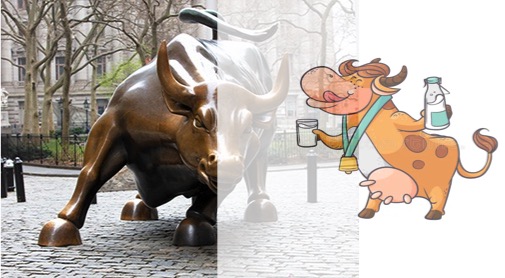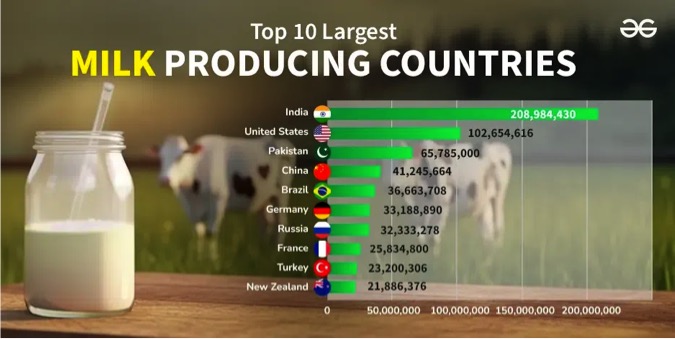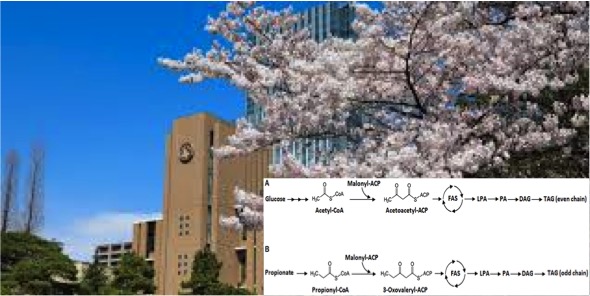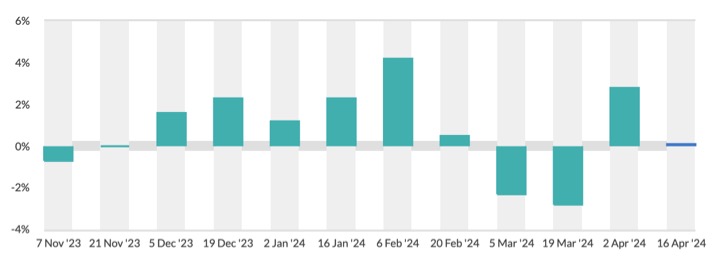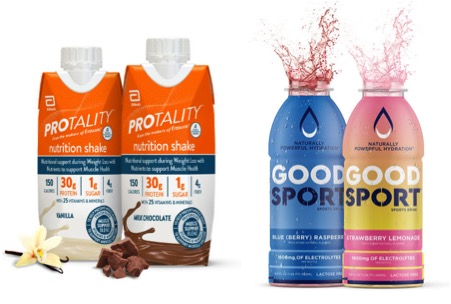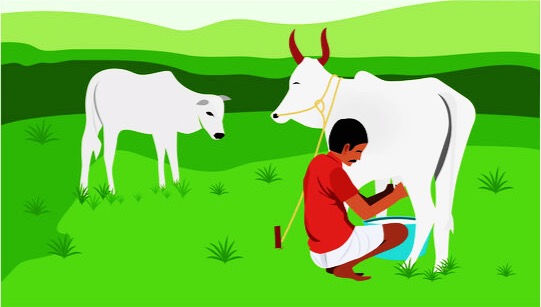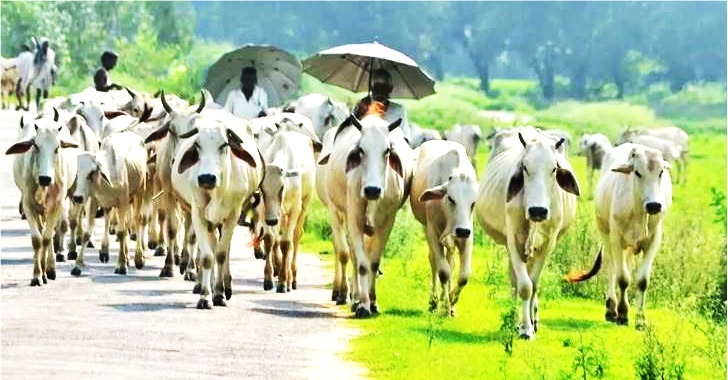A major rule change was rolled out this week for the rapidly growing organic dairy industry in the United States.
The USDA Origin of livestock rule announced this week puts a premium on cows used to produce organic milk. Those cows likely become the “few and the proud” as cows under conventional care will only once be able to transition to organic care.
Dairy cows under conventional care usually are exposed to antibiotics and less expensive, non-organic feeds.
Under the new rule, a one-time transition to organic care is permitted, but no switching back and forth. And only until the animal is 1-year-old could the transition occur. That ends the practice of cows being under conventional care until they are older and then being switch to organic.
“The new rule closes the loopholes that have given some operations an unfair advantage,” said Ed Maltby, executive director of the Northeast Organic Dairy Producers Alliance. “The rule is meaningful and essential to protect the livelihoods of family-scale organic dairy producers.”
The global market value of organic dairy products was $20 billion in 2020, according to Statista Research, and in the same year, the organic food market in the U.S. topped $56 billion.
Steve Pierson, farmer-member and president of Organic Valley, says the “origin of livestock” issue has created a lack of consistency for the past 20 years. He says USDA’s new rule is consistent with public comments supporting a narrowing of permissible organic transitional options.
The USDA published the new Origin of Livestock rule for organic dairy on March 29. The department said changing the organic regulations will result in a fairer and more competitive market for all organic dairy producers because products will be produced to the same consistent standards.
“This action demonstrates the USDA’s strong commitment to America’s organic dairy farmers,” said Secretary of Agriculture Tom Vilsack. “The Origin of Livestock final rule provides clean and uniform standards about how and when livestock may be transitioned to organic dairy production, and how transitioned animals are managed within the organic dairy system.”
Vilsack said all organic producers will now have confidence and certainly that they are operating in a fair and competitive market.
Under the final rule, organic milk must be produced by cows that have been managed as organic since before birth with the one-time exception for the transition to organic from conventional. The rule to close the transition loopholes was first proposed in 2015. The National Organic Coalition has supported the change from the beginning.











